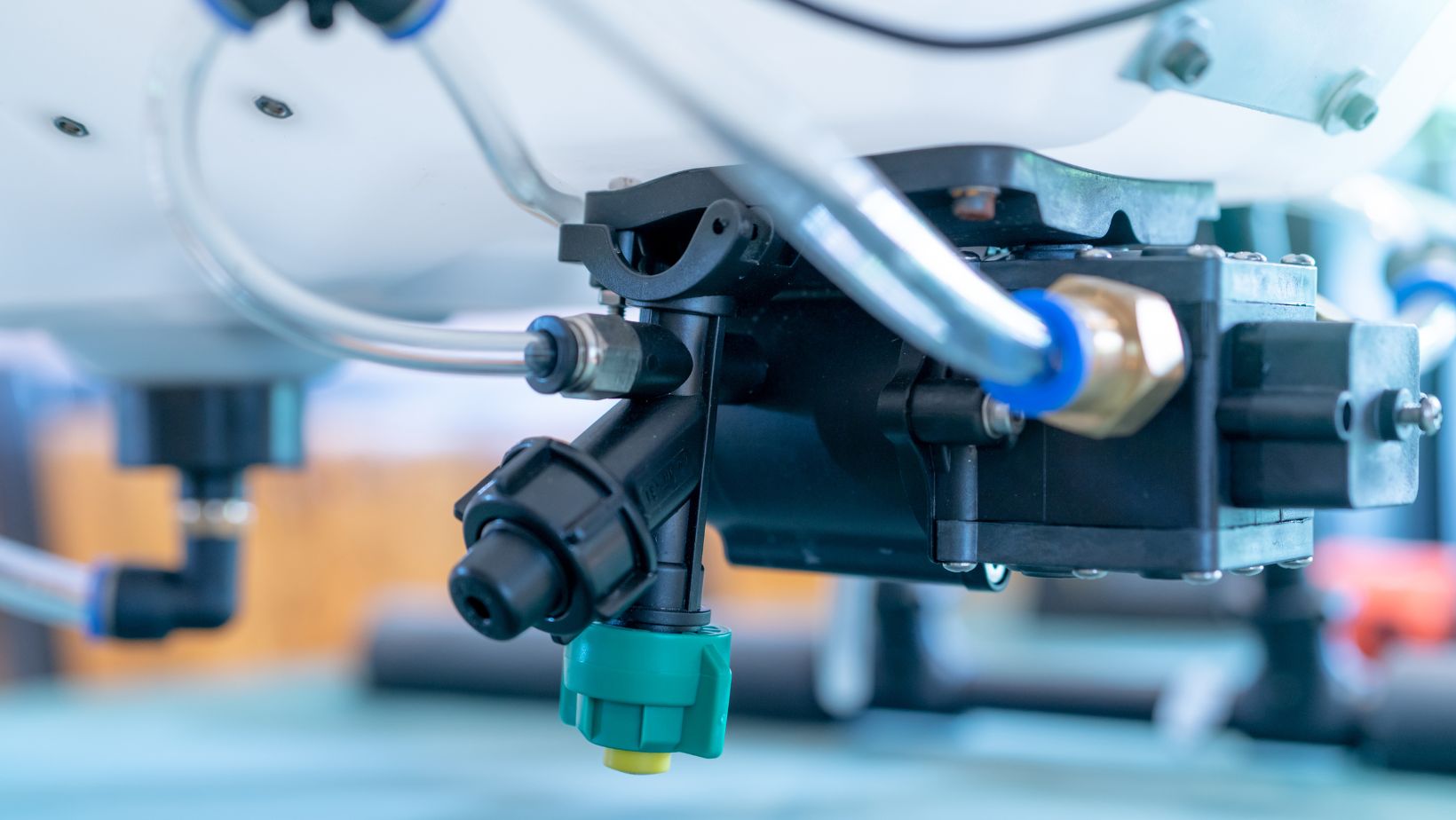
When people talk about crime prevention, the first ideas that often come up are police patrols, stricter penalties, or technology like CCTV cameras. These measures are important, but they are not always the strongest solution. The most powerful crime prevention tool we have is something much simpler: community awareness.
When Australians look out for one another, share information, and build strong neighbourhood connections, they make it much harder for crime to take hold. Awareness creates safer streets, stronger bonds, and a culture where crime feels unwelcome.
Crime Prefers Silence and Disconnection
Crime often grows where people are isolated. If neighbours do not know each other, it becomes easier for criminal activity to go unnoticed. In contrast, when people are familiar with one another, unusual behaviour is easier to spot.
This is true across Australia, whether in busy city suburbs or regional towns. A stranger loitering on a quiet street is less likely to draw attention if people are disconnected. But in communities where people are aware and communicate, out-of-place behaviour is far more noticeable.
Trust and Cooperation Make Communities Stronger
Awareness naturally builds trust. Australians pride themselves on fairness and mateship, and these values shine when communities support each other. Trust makes it easier to share concerns, report suspicious behaviour, or step in when someone is vulnerable.
It also makes cooperation with authorities more effective. Police rely on the eyes and ears of residents to provide timely information. A neighbour who notices unusual activity around a property may be the reason a burglary is stopped before it gets worse.
Legal support also plays a role in building stronger communities. When people feel secure that help is available if things go wrong, they are more confident to take action. In places like Western Sydney, residents often turn to experienced Parramatta criminal defence lawyers when they need guidance. Having access to professional support reinforces the idea that communities are not alone in preventing and responding to crime.
Knowledge as a Shield
Criminals often rely on ignorance. Scammers, for instance, count on people not recognising red flags. Thieves target homes that show obvious signs of being empty. Awareness helps break these patterns by spreading knowledge.
Australian communities that share updates through local councils, schools, or even online groups are better protected. People who know about recent scams, burglary attempts, or safety tips are much harder to target. This not only prevents crime but also builds confidence.
When residents feel informed, they no longer see themselves as passive targets. They become active participants in keeping their communities safe.
The Ripple Effect of Alert Neighbourhoods
Awareness does not just protect one street or one block. It spreads outward. When one community becomes more connected, surrounding areas often follow.
Programs like Neighbourhood Watch in Australia show this effect clearly. Communities that stay alert and active reduce local crime rates and create a ripple effect across entire suburbs and towns. Criminals who realise they are being watched tend to move on, often avoiding whole districts altogether.
This shared responsibility is what makes awareness so powerful. It is not just about protecting individual households but about creating an environment where crime feels out of place.
Technology Helps, But People Matter More

Technology plays an important role in crime prevention. Security cameras, alarms, and motion lights all make life harder for criminals. But these tools are only effective if people are paying attention.
A camera can record suspicious behaviour, but without someone alert enough to act on it, the footage may not make a difference. An alarm may sound, but unless neighbours respond, it does little to stop a crime in progress.
Community awareness enhances technology. When people are engaged, they do not ignore alarms or dismiss camera alerts. They act, communicate, and make technology part of a bigger safety strategy.
Teaching Awareness to the Next Generation
Awareness is not just for adults. It is something that needs to be passed on to young people. Children who grow up in communities where neighbours support each other are more likely to adopt these values.
Australian schools often run programs about online safety, anti-bullying, and crime prevention. But the lessons are strongest when reinforced at home and in the community. A young person who understands the value of awareness is less likely to fall victim to scams or peer pressure and more likely to play an active role in creating safer spaces.
Awareness Replaces Fear With Confidence
It is important to note that awareness does not mean living in fear. In fact, the opposite is true. Fear often grows when people feel they do not know what is happening around them. Awareness removes that uncertainty.
For example, hearing secondhand about a crime in your area can cause anxiety. But being part of a connected community often means knowing the real context. You may learn it was an isolated incident or that steps have already been taken to address it. This knowledge reduces fear and helps people feel more in control.
Why Awareness Works for Australian Communities
Australia is a large country with very different types of communities. In inner-city suburbs, awareness helps prevent theft, scams, and assaults in busy public spaces. In regional towns, awareness often means knowing who belongs to the community and recognising when something is unusual.
This flexibility is why awareness is the best tool we have. It adapts to the local setting, whether that means sharing scam alerts in Sydney, organising neighbourhood meetings in Melbourne, or keeping an eye on rural properties in regional Queensland.
By building awareness, Australians create communities that are safer, more confident, and more connected.
Conclusion
At its heart, crime prevention is about people, not just laws or technology. Community awareness makes the biggest difference because it builds trust, spreads knowledge, strengthens cooperation, and empowers the next generation. It makes technology more effective and reduces fear by replacing it with understanding.
Across Australia, from big cities to small towns, awareness is what keeps crime at bay. When communities are connected and alert, they send a clear message: crime has no place here.









